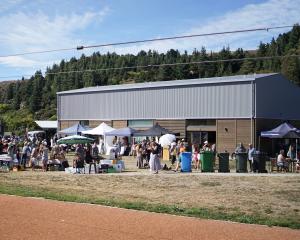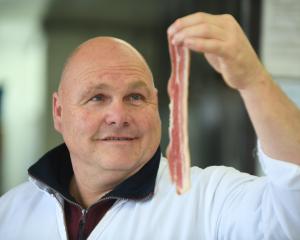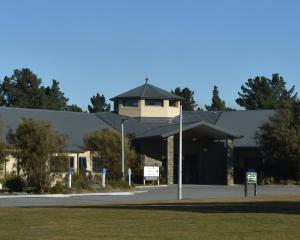
The scientists have been working around the world for two years on the University of Chicago's Extreme Universe Space Observatory (EUSO-SPB), the payload on this year's super pressure balloon when it is launched from Wanaka airport, and will be downloading data at night for the duration of the balloon flight.
Colorado School of Mines deputy principal investigator and project manager physics profesor Lawrence Wiencke, who is in Wanaka for the launch, said, ``Nasa had guaranteed at least 14 days' flight but the 2016 balloon flew for almost 47 days, so we're really hoping for 50 this year.''
Prof Wiencke said the EUSO-SPB project hoped to find out where the highest energy subatomic particles in the universe came from and the acceleration mechanism they used to get here.
Both of which remained ``a major scientific mystery in astroparticle physics,'' he said.
Undergraduate and graduate students, overseen by Prof Wiencke, assembled the gondola to hold the instruments at the Colorado School of Mines after which it was transported to Nasa's scientific balloon facility in Palestine, Texas, for compatibility and hang tests before being shipped to Wanaka in December.
The instruments on board the gondola include a photon detection module and an optical telescope, and instruments to allow the transmission of data.
Prof Wiencke said ``we'll be looking at almost everything we know about the universe by measuring photons, light and high energy light''.
He said there were experiments that look up at these particles from the ground but ``what made this project interesting was our instrument looks down on their interactions with our atmosphere''.
The EUSO-SPB was a prototype and a first step towards putting a ``big instrument in space where we can look over hundreds of thousands of square kilometres as the particles we are looking for are very rare,'' he said.
Prof Wiencke estimated the cost of the EUSO-SPB project was more than $10 million, the most expensive component being the number of human hours spent in the development and engineering.
``If you talked about buying the individual parts it's much cheaper, but you can't just go down to Mitre 10 and order one.
``We've got some of the world's best scientists collaborating on this project,'' he said.
Prof Wiencke and his team will be at the Nasa and the Wanaka Airport ``Locals Day'' outreach event from 4pm to 6pm this Thursday to answer questions.
The event is free and open to the public.











